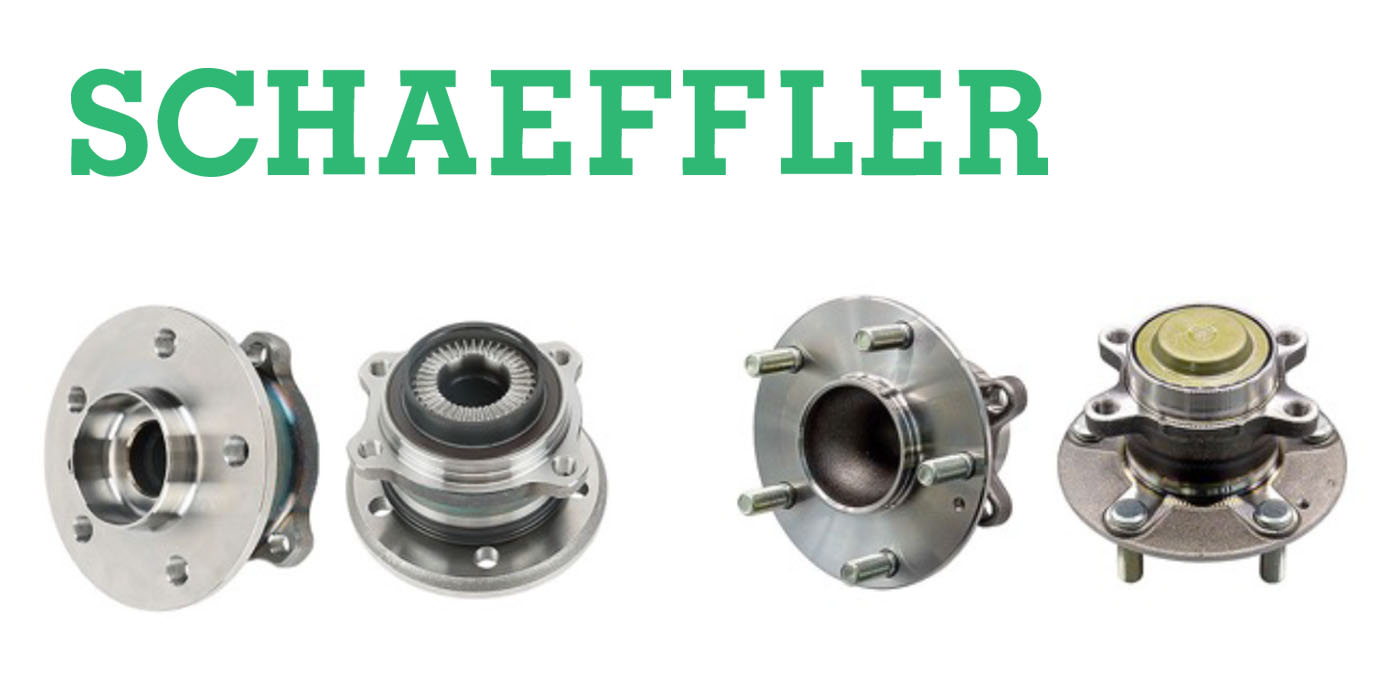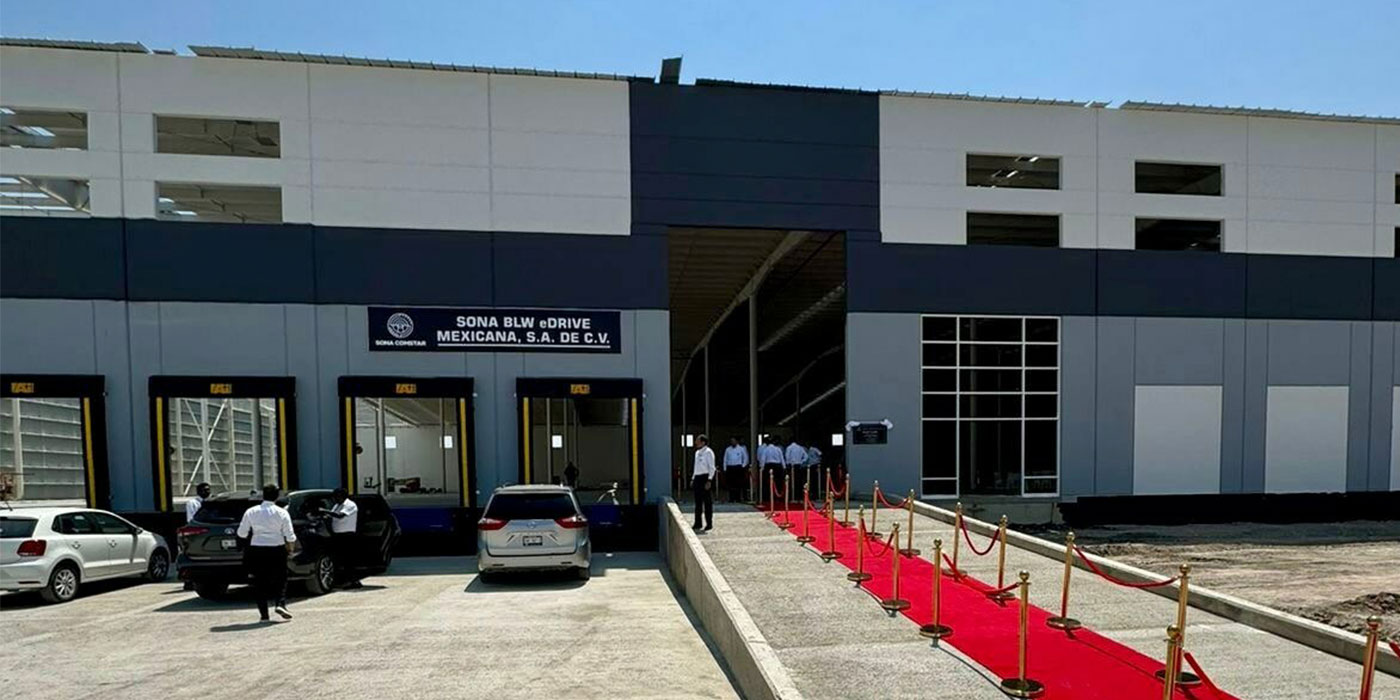By Andrew Markel
Editor
Brake & Front End Magazine
In the market for a new balancer? If you are, you might be hearing a lot about balancers which use less weight to balance a wheel and claim it can cut weight costs by as much as 30 percent or more. The new balancing methodology may be marketed under a couple of names and understanding the details of how it works may be confusing. So here are the questions everyone is asking.
If I am using less weight, is there a greater chance of comebacks?
No, this new feature does not arbitrarily round off weights or look for shortcuts. The ability to use less weight is made possible through software that is able to look at the big picture when it comes to balancing. Looking at the bigger picture means it looks at how couple (dynamic) and static force can interact with an increasing diversity of rim types and dimensions. With this information it can perform a comeback-free balance, which coincidently also requires less weight.
When engineers were working on this new feature, they were looking for a better way to balance wheels and the weight savings was an added benefit.
How does it work?
Unlike traditional wheel balancers that rely on dimensions and correction weight alone, the new software gives the balancer the intelligence to treat the two balance forces with different priority and independence. Also, it eliminates the static force more effectively and leaves a small residual couple force which is well below the limit to cause vibration, yet translates to large amounts of correction weight saved.
This new method of balancing computes static and couple force limits independently based on the amount of imbalance forces which are known to induce excessive vibration on the vehicle. The two independent limits on the forces are adjustable and set below the most sensitive guidelines as specified by the vehicle manufacturers.
Static force is very sensitive to small amounts of change and the couple force, which is much less sensitive to correction weight, is completely cancelled on the check spin. The couple force uses a different limit and is reduced to well below the vibration potential and the residual force that is left behind is very small, but translates to large amounts of correction weight saved.
The couple force remaining can be seen by comparing the new balance to the old balance. A “weight-saving” balance checked with the old balancer will display equal amounts of opposing correction weight, while the static correction weight is always smaller than the smallest wheel weight. By doing it this way, some shops have seen a significant amount of wheels shift from a two-plane “dynamic” balance to a single-plane “dynamic” balance.
This saves labor time and check spins, and reduces the couple force while optimizing the complete cancellation of static force. Tire sizes and assembly weights vary dramatically and are now heavier which increases the amount of balance weight required. Also, flangeless wheel designs are proliferating and the flange can no longer be used for correction weight, thus creating smaller distances apart from each weight which dramatically increases the amount of weight when making couple balancing correction. The new feature and software takes this into account.
What am I really buying? Will it stand up to expectations and skill levels of my operators?
These new weight-saving balancers do not differ physically from any other balancer. What sets them apart is software and added data input features. In fact, you will find that your shop operators actually prefer its new ease of use. Also, the computer will alert the operator if a short cut can or cannot be taken.
Will it take any extra time to use the feature?
No. In fact using this type of feature will eliminate the extra time wasted placing weights on the wheel that are not necessary. Also, it can eliminate extra check spins and the possibility of the balancer “chasing weights” while the operator tries to zero out a wheel on a typically “hyper sensitive” tape-weight balanced wheel.
It also automatically aids operators and performs a better balance, prevents short-cutting and the risk of comebacks due to incorrect assumptions created by the balancer’s software which hide residual imbalance when the balancer reads “zero.”













